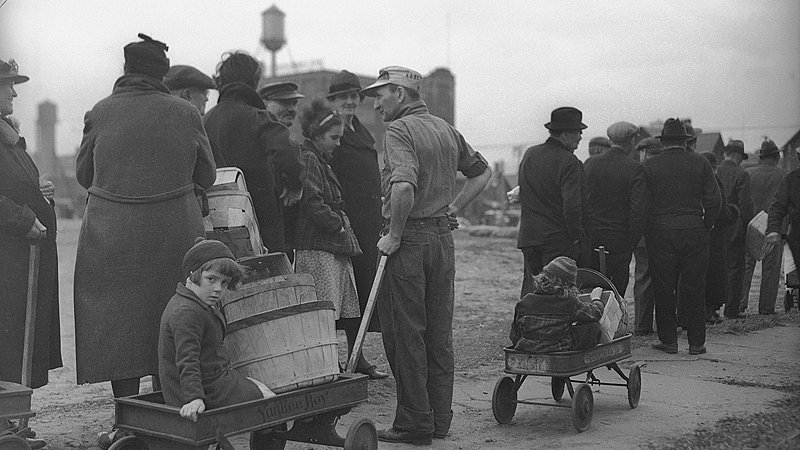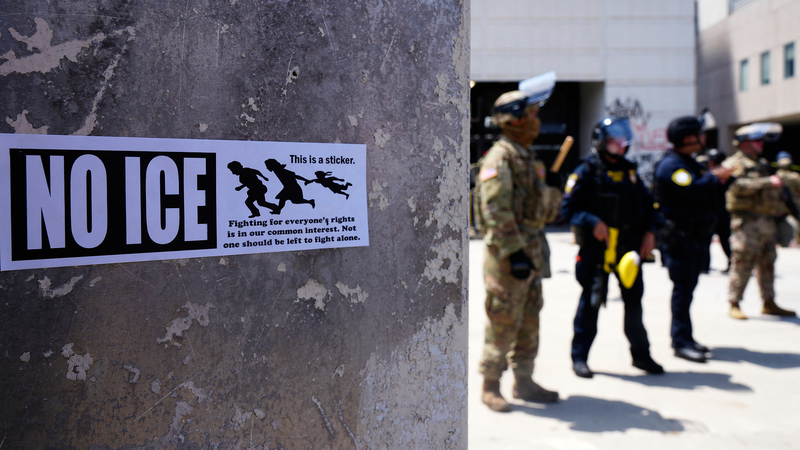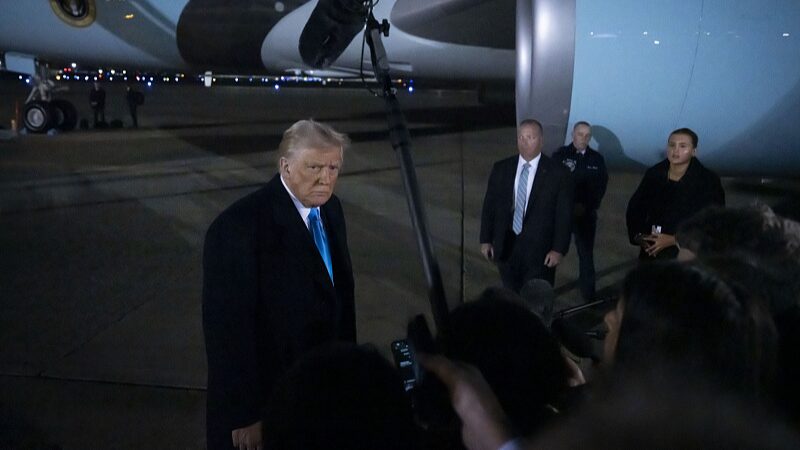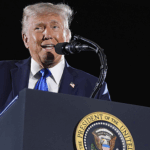As former U.S. President Donald Trump proposes sweeping 10% tariffs on all imports, economists warn of catastrophic consequences ranging from GDP declines to household income losses. But history provides even starker warnings – with three landmark U.S. trade policy shifts offering sobering lessons for modern policymakers.
1. Smoot-Hawley (1930): The Retaliation Trap
The Great Depression-era tariffs on 20,000 goods triggered global retaliation, collapsing trade volumes and deepening economic misery. Renmin University’s Professor Diao Daming notes similar risks today: 'A tit-for-tat spiral could hit U.S. agriculture exports while inflating prices for electronics and clothing – disproportionately harming low-income families.'
2. McKinley Tariff (1890): Political Backfire
This Gilded Age policy – raising duties to 50% – fueled voter backlash after consumers faced higher prices without promised job growth. Modern parallels suggest Trump’s plan might strain 'Rust Belt vs. coastal voter' divides, particularly if corporations profit while households pay more.
3. Nixon Shock (1971): Currency Chaos
By abandoning the gold standard, Nixon sought export advantages but instead unleashed 1970s inflation. Today, experts warn Trump’s tariffs could repeat this cycle, disrupting fragile supply chains and alienating allies amid China decoupling fears.
'History shows protectionism often backfires on its advocates,' concludes Professor Diao, pointing to Penn Wharton models predicting $58,000 lifetime losses for middle-class families under Trump’s plan. With global trade partnerships at stake, these lessons remind us that economic walls often crumble inward.
Reference(s):
American Tariff Story: Why they don't work from 3 cautionary tales
cgtn.com








